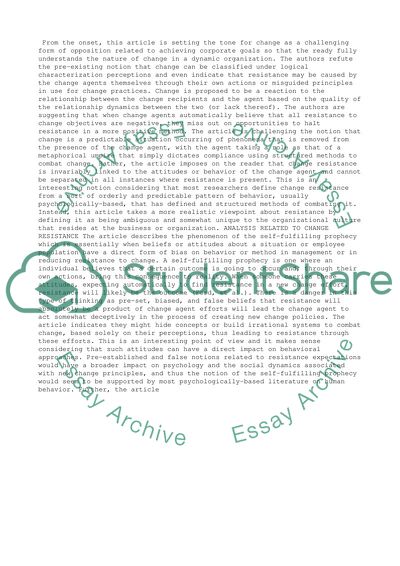Cite this document
(“Prcis of journal article Term Paper Example | Topics and Well Written Essays - 1750 words”, n.d.)
Retrieved from https://studentshare.org/management/1426481-prcis-of-journal-article
Retrieved from https://studentshare.org/management/1426481-prcis-of-journal-article
(Prcis of Journal Article Term Paper Example | Topics and Well Written Essays - 1750 Words)
https://studentshare.org/management/1426481-prcis-of-journal-article.
https://studentshare.org/management/1426481-prcis-of-journal-article.
“Prcis of Journal Article Term Paper Example | Topics and Well Written Essays - 1750 Words”, n.d. https://studentshare.org/management/1426481-prcis-of-journal-article.


